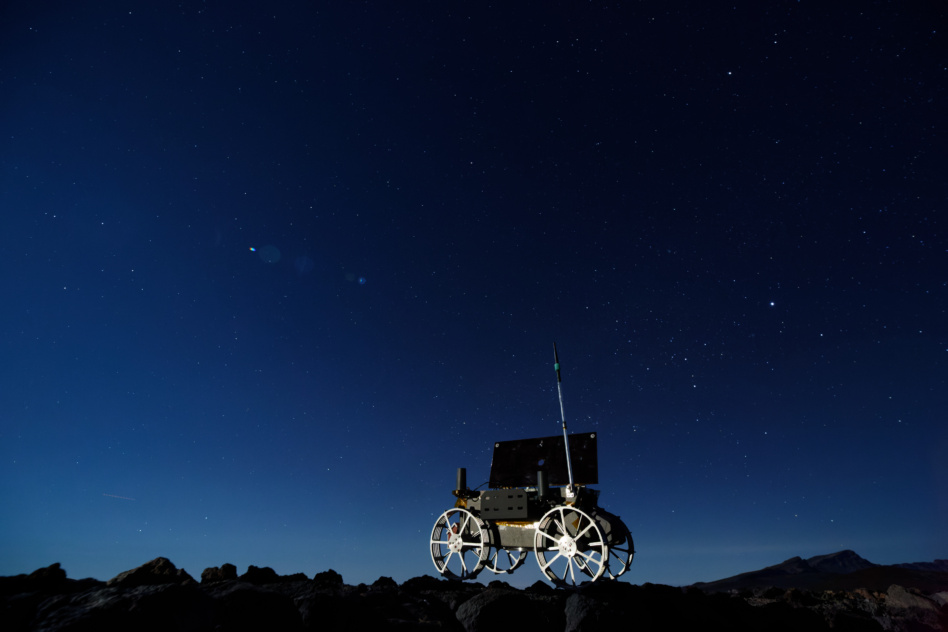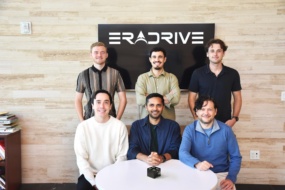ispace is itching for another attempt at a lunar joyride.
The company’s European subsidiary is leading a consortium to develop MAGPIE, the Mission for Advanced Geophysics and Polar Ice Exploration, which just passed an ESA mission design review. The spacecraft aims to launch to the Moon’s south pole in 2028 to prospect for lunar ice.
MAGPIE has been funded thus far by a €2.7M ($3.2M) contract from ESA. It builds on ispace-Europe’s previous lunar rover design, with additional components provided by academic institutions in Germany, Norway, Poland, the Czech Republic, and the UK.
Third time’s the charm: This year, ispace-Europe sent its first rover to the Moon as a part of Japanese parent company ispace’s second lunar landing attempt.
Unfortunately, the Tenacious micro-rover’s mission ended before it began. ispace’s HAKUTO-R Mission 2 lander crashed into the lunar surface, in a replay of the company’s first landing attempt two years earlier.
ispace is more confident about its attempt in 2028, having isolated the failures with its lander, and upgraded the tech on its rover to withstand the ice exploration mission.
For MAGPIE, ispace-Europe is designing the rover to operate on the lunar surface for a full lunar day (about two weeks), traverse sunlit regions, collect and store power via solar panels and a battery backup, and communicate with home through a direct-to-Earth link with the option to rely on relays.
The rover also comes equipped with:
- A drill to extract and analyze the lunar regolith;
- A HardPix neutron spectrometer to identify hydrogen;
- A ground-penetrating radar to map below the lunar surface;
- A data processor to transmit its findings.
What’s next: The full funding for the continued development of the rover is expected to come after ESA’s council of ministers this November.
While it’s unclear how much the consortium will need to complete the rover upgrades before it’s ready to traverse the Moon, ispace-Europe’s hope is that ESA will see MAGPIE as a way to fuel the development of multiple technologies at once.
“MAGPIE’s value lies not only in its technical deliverables but also in leveraging Europe’s collective expertise to deliver a cost-efficient, high-impact mission,” Julien Lamamy, CEO, ispace-Europe told Payload via email.
Over the next three years, ispace-Europe and its consortium of academic partners will focus on “turning designs into hardware,” Lamamy said, upgrading the drill, and smoothing out the integration with various components to ensure the rover can handle the harsh lunar environment without fault.




